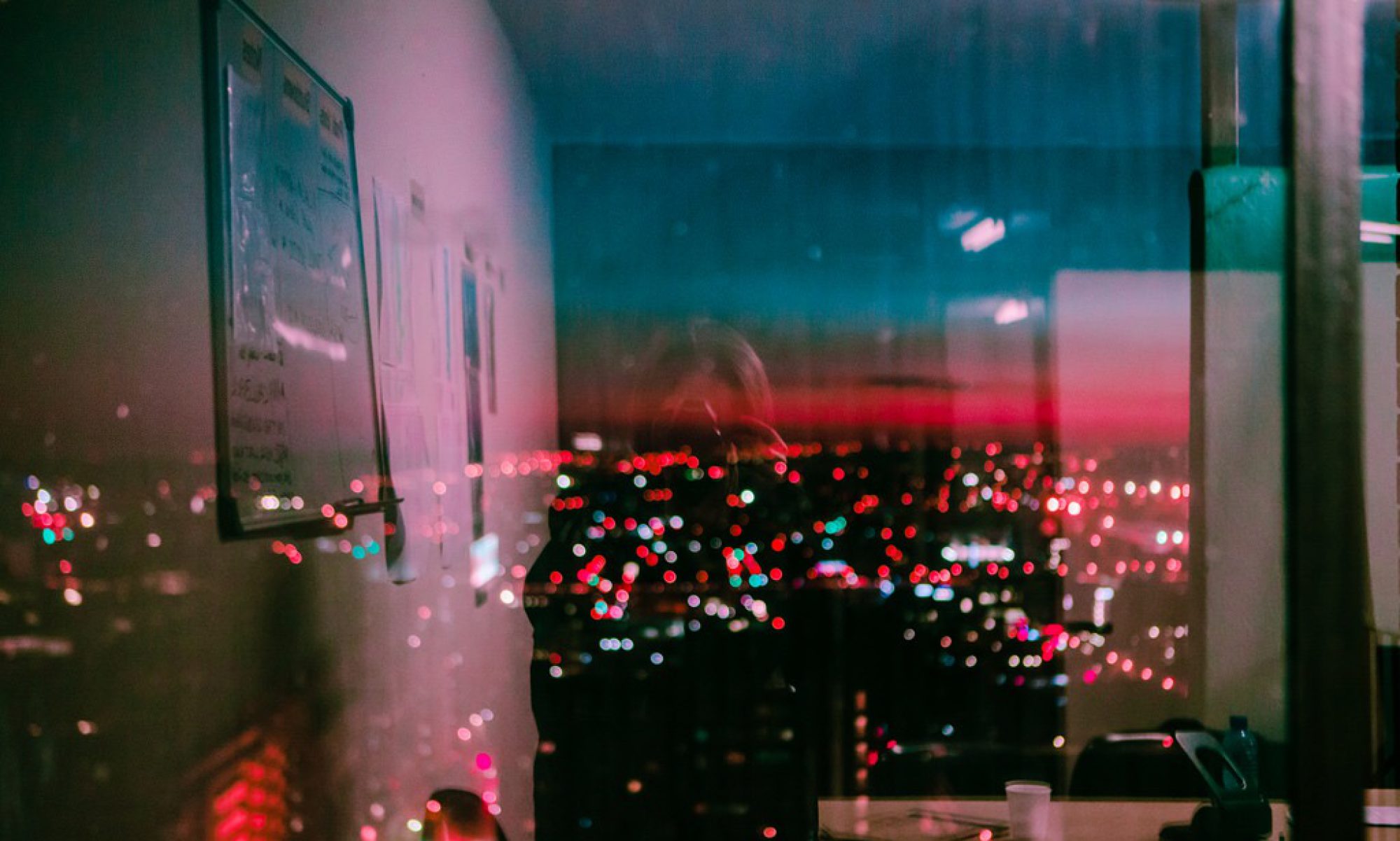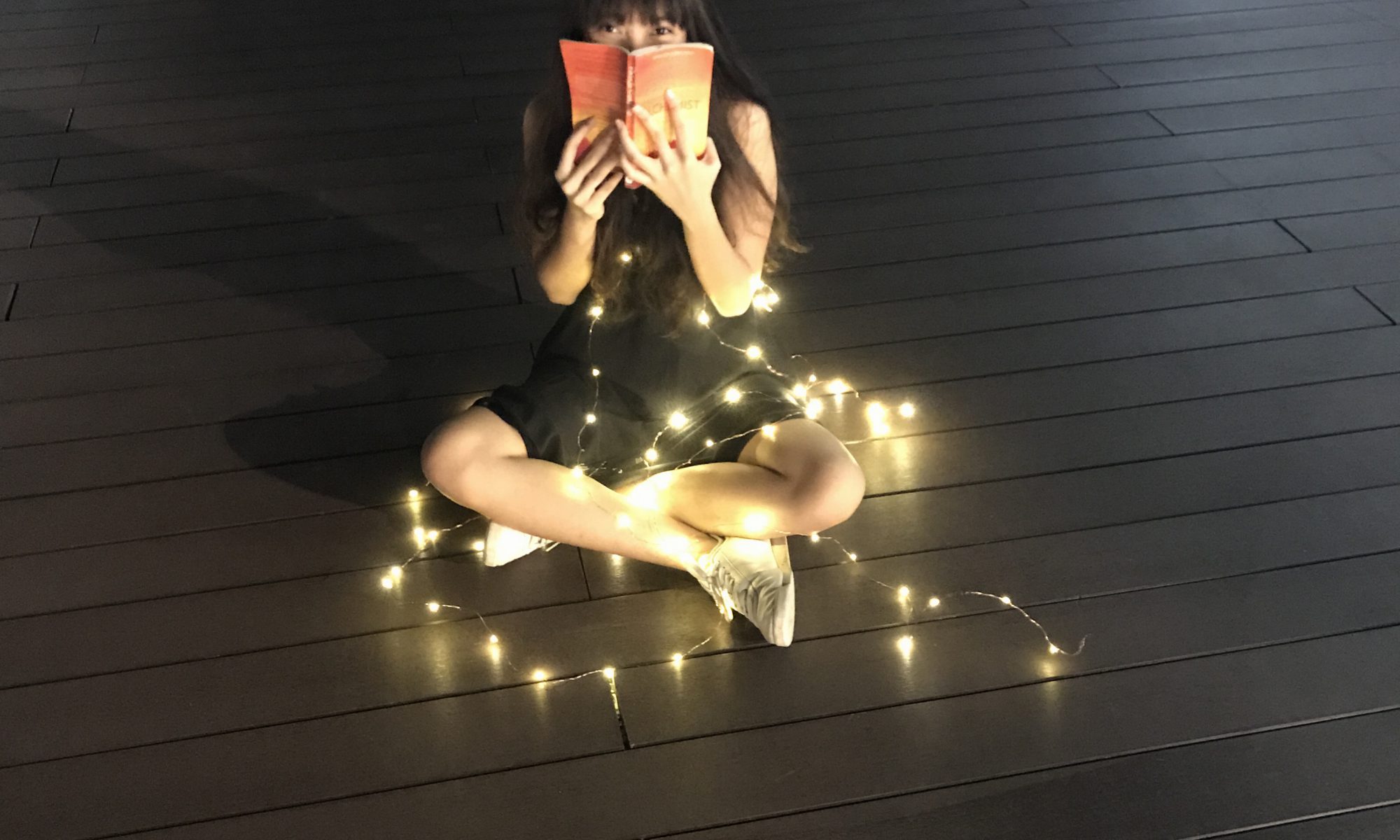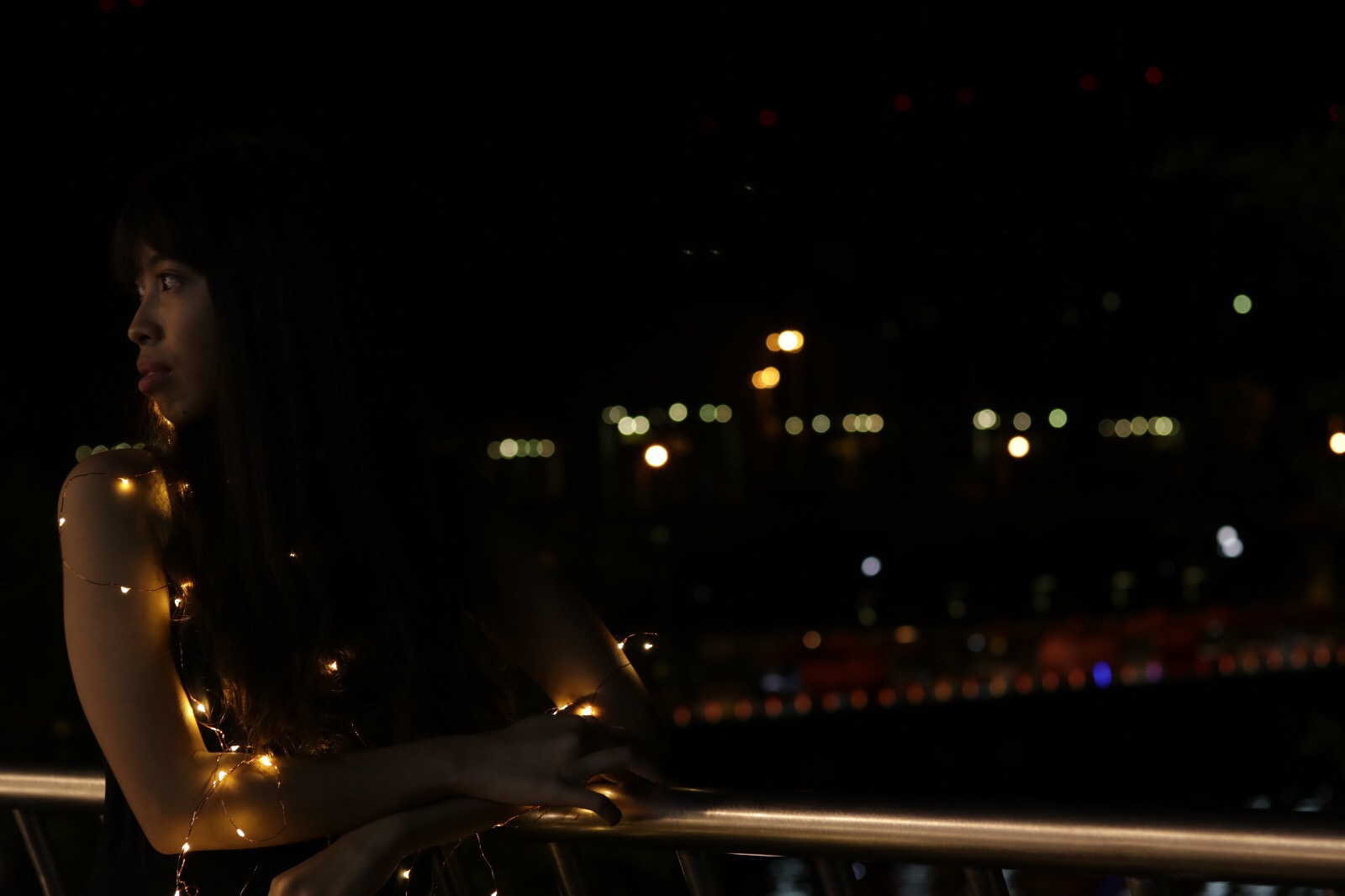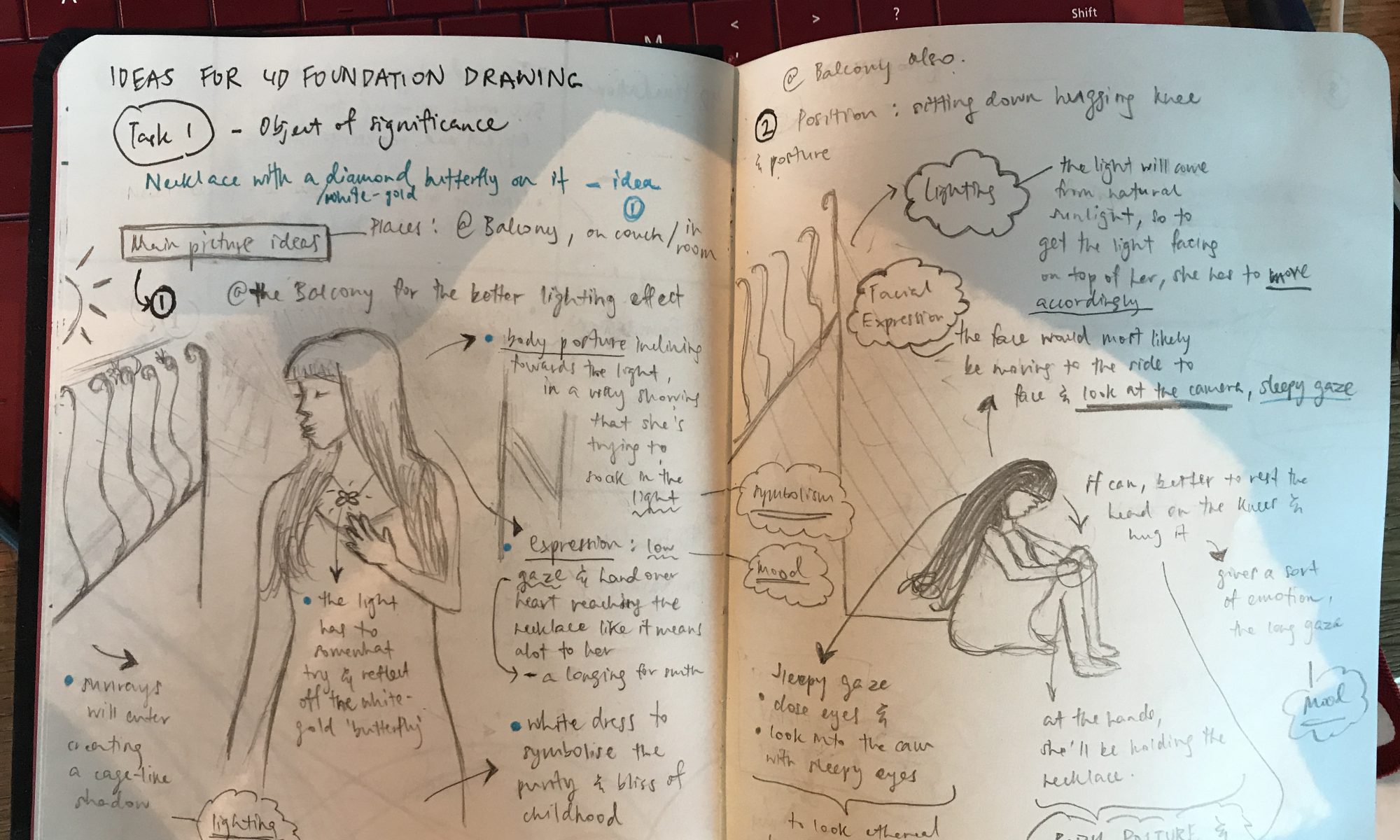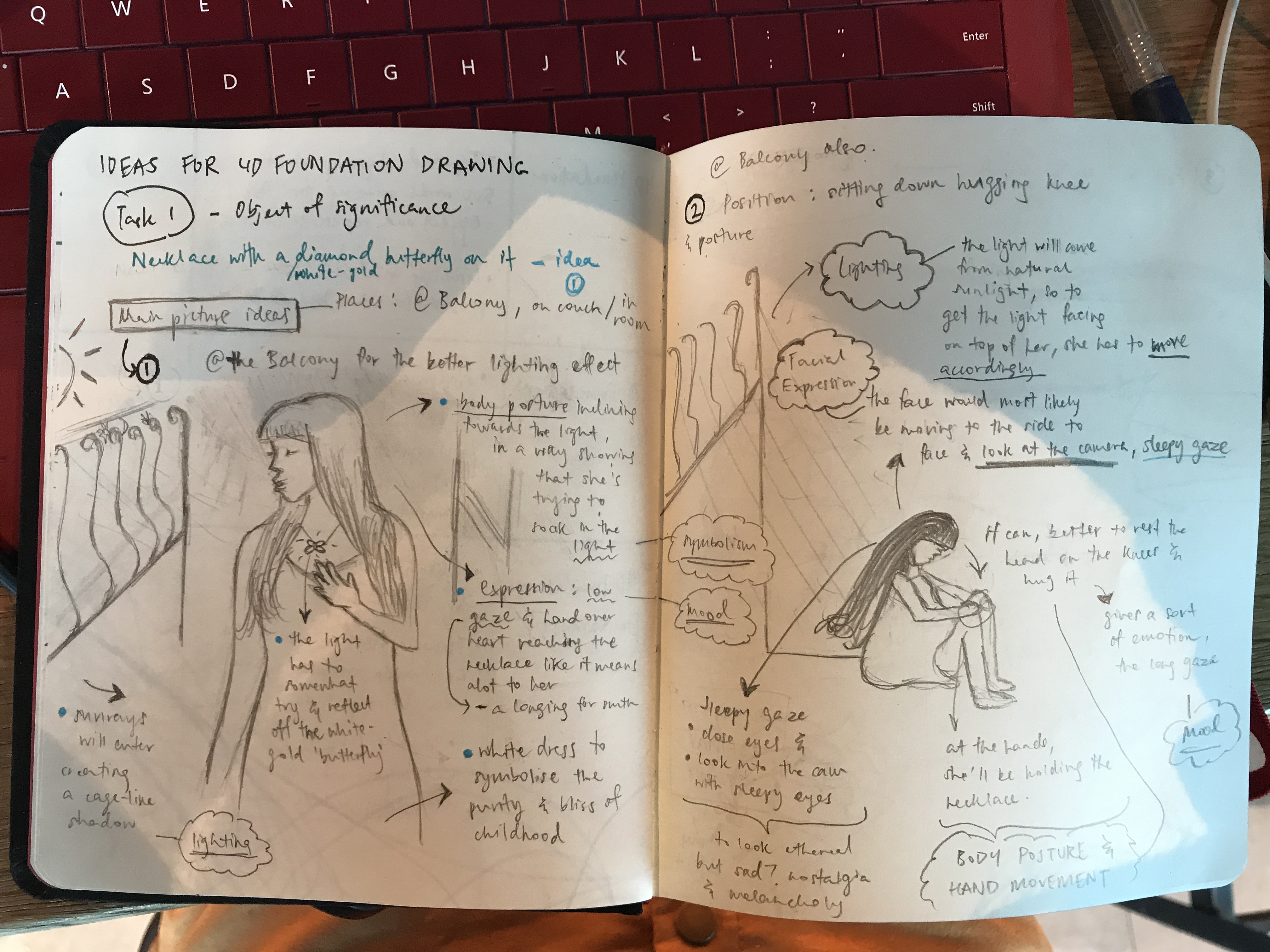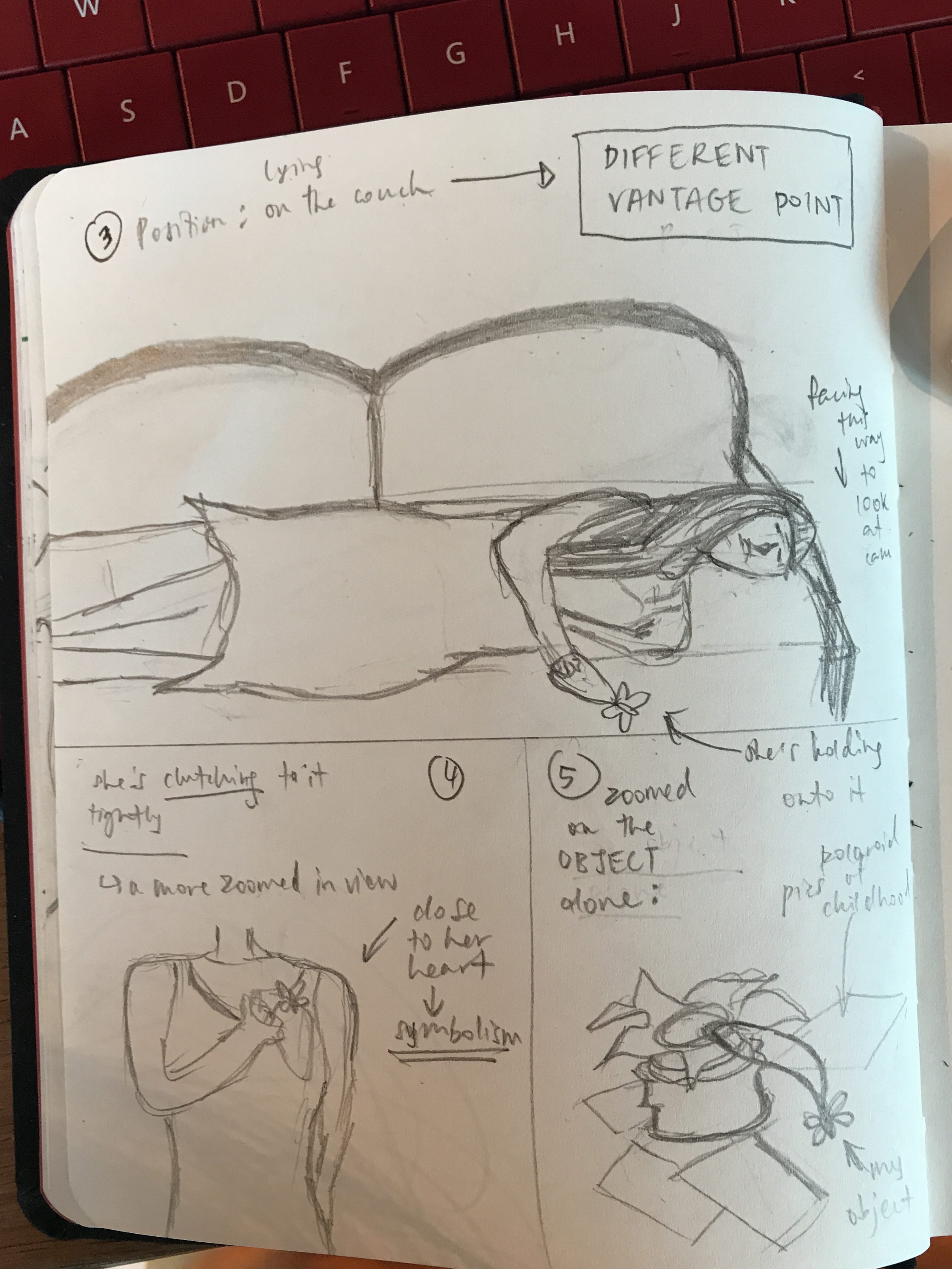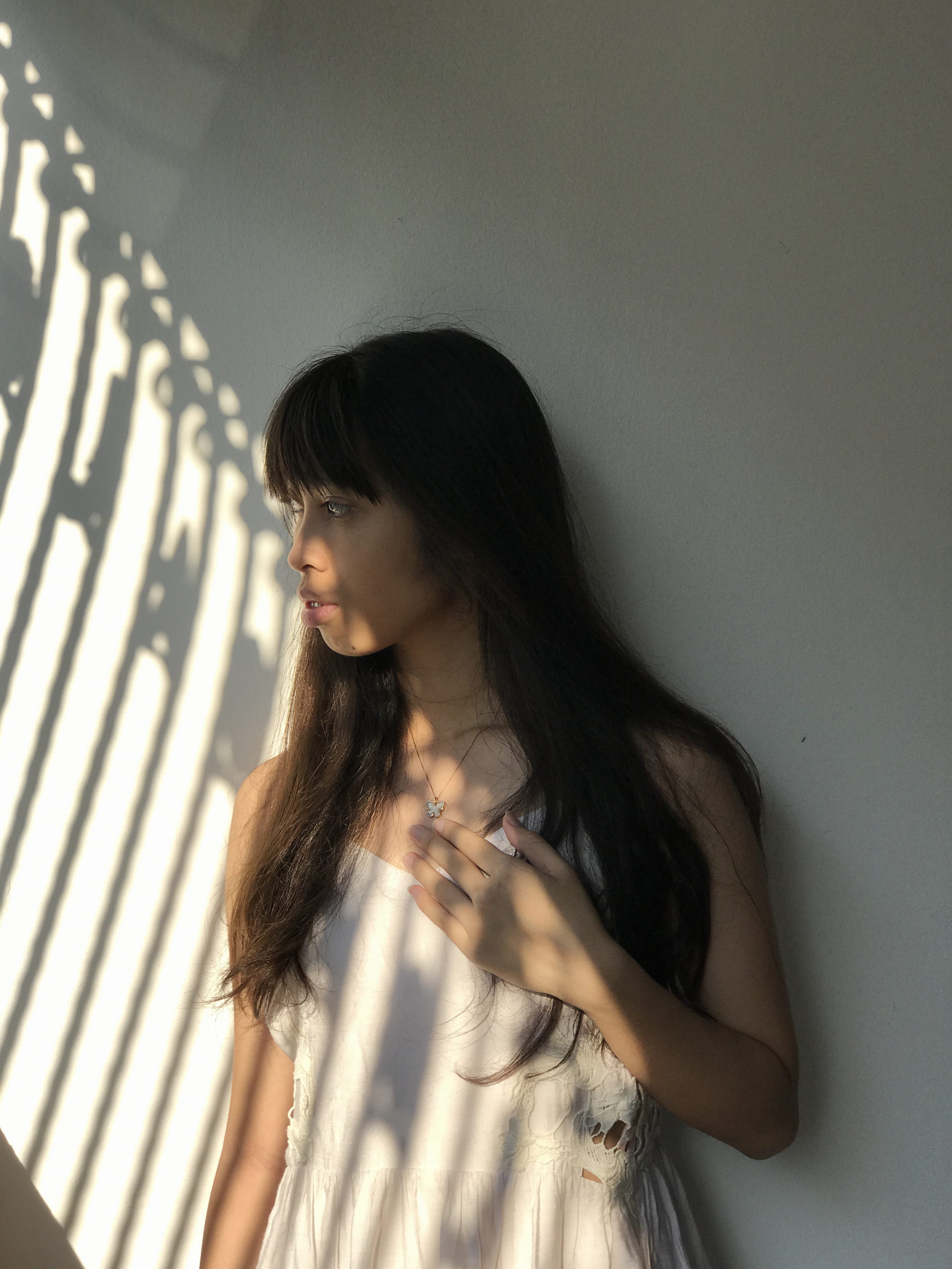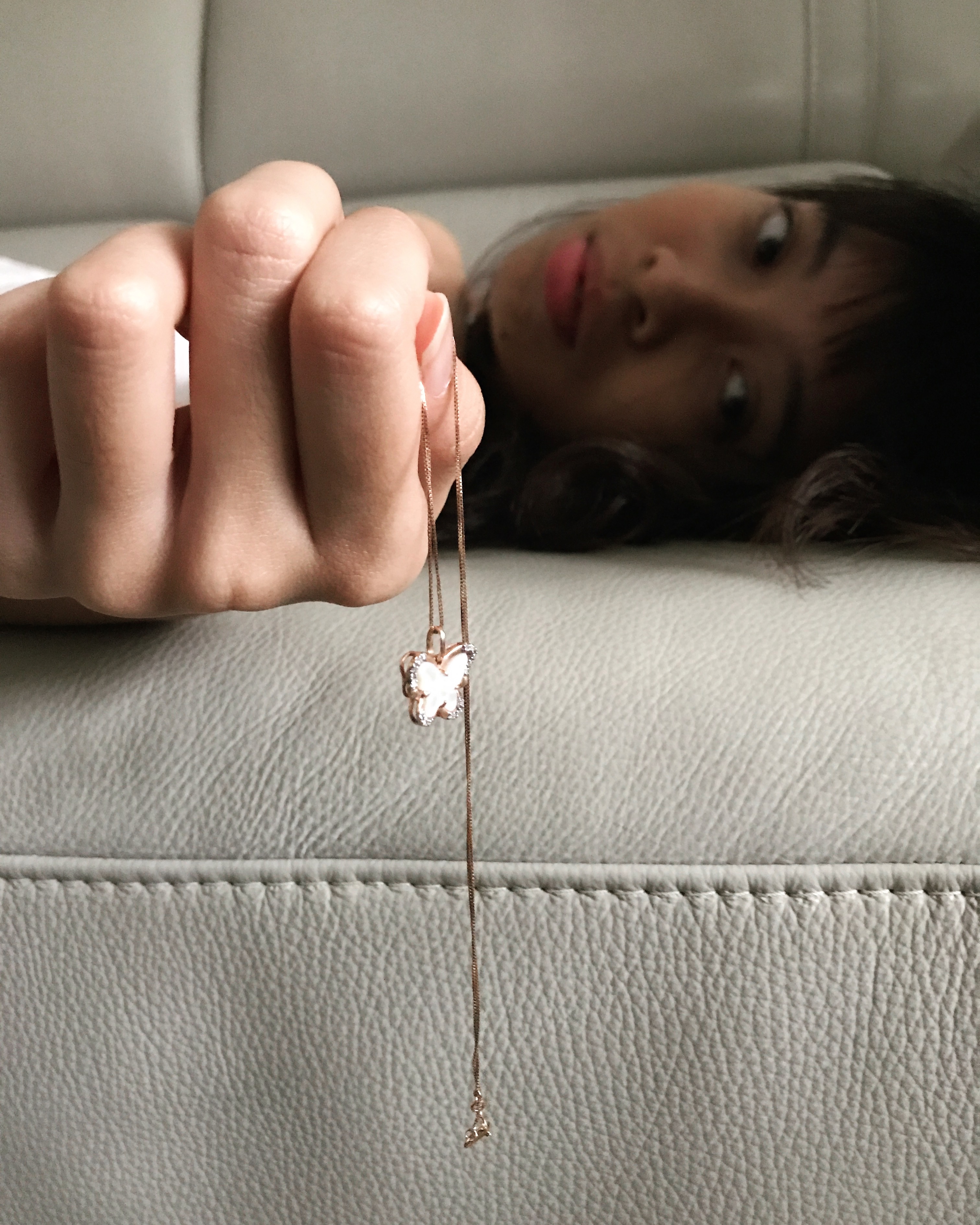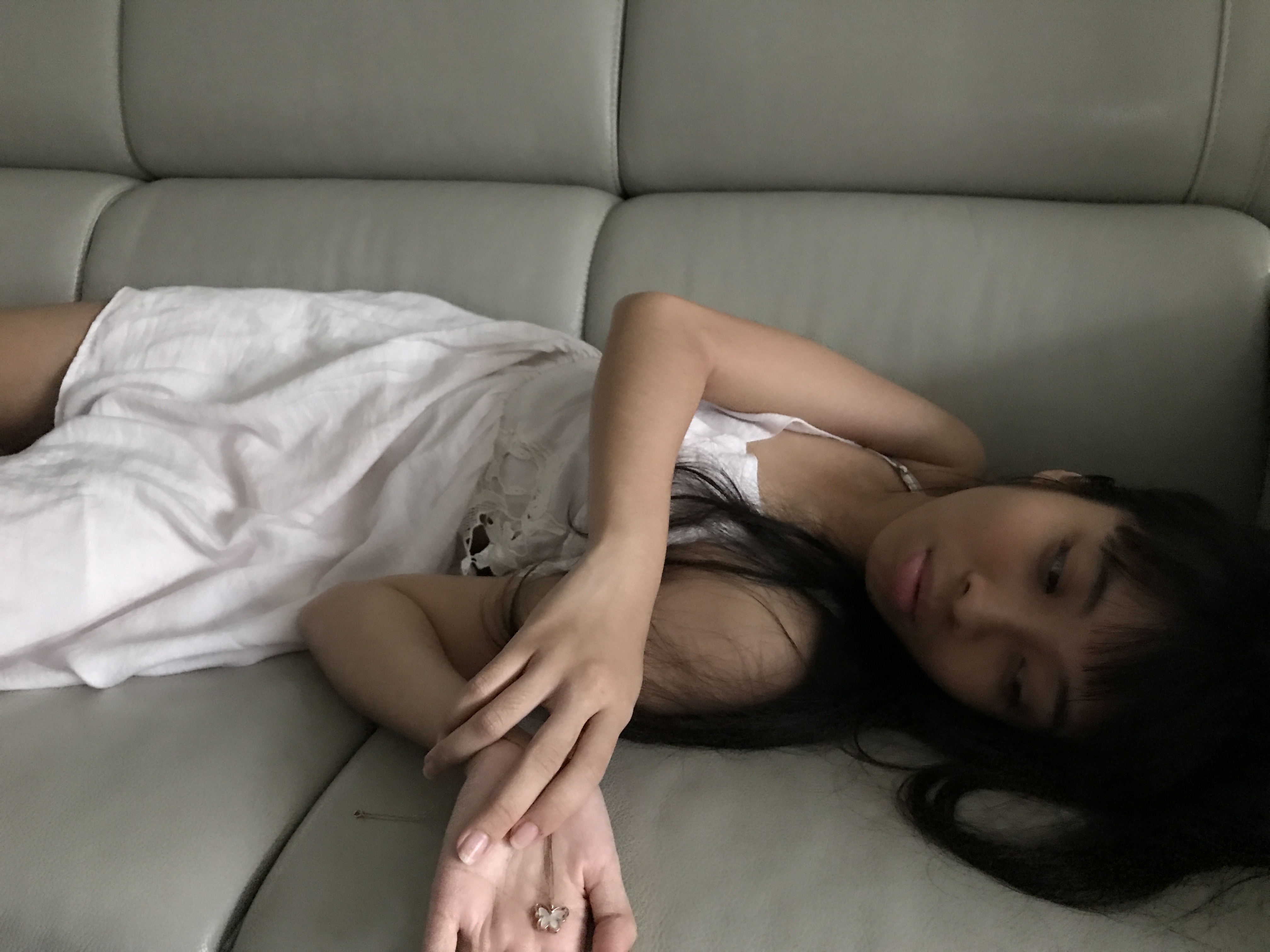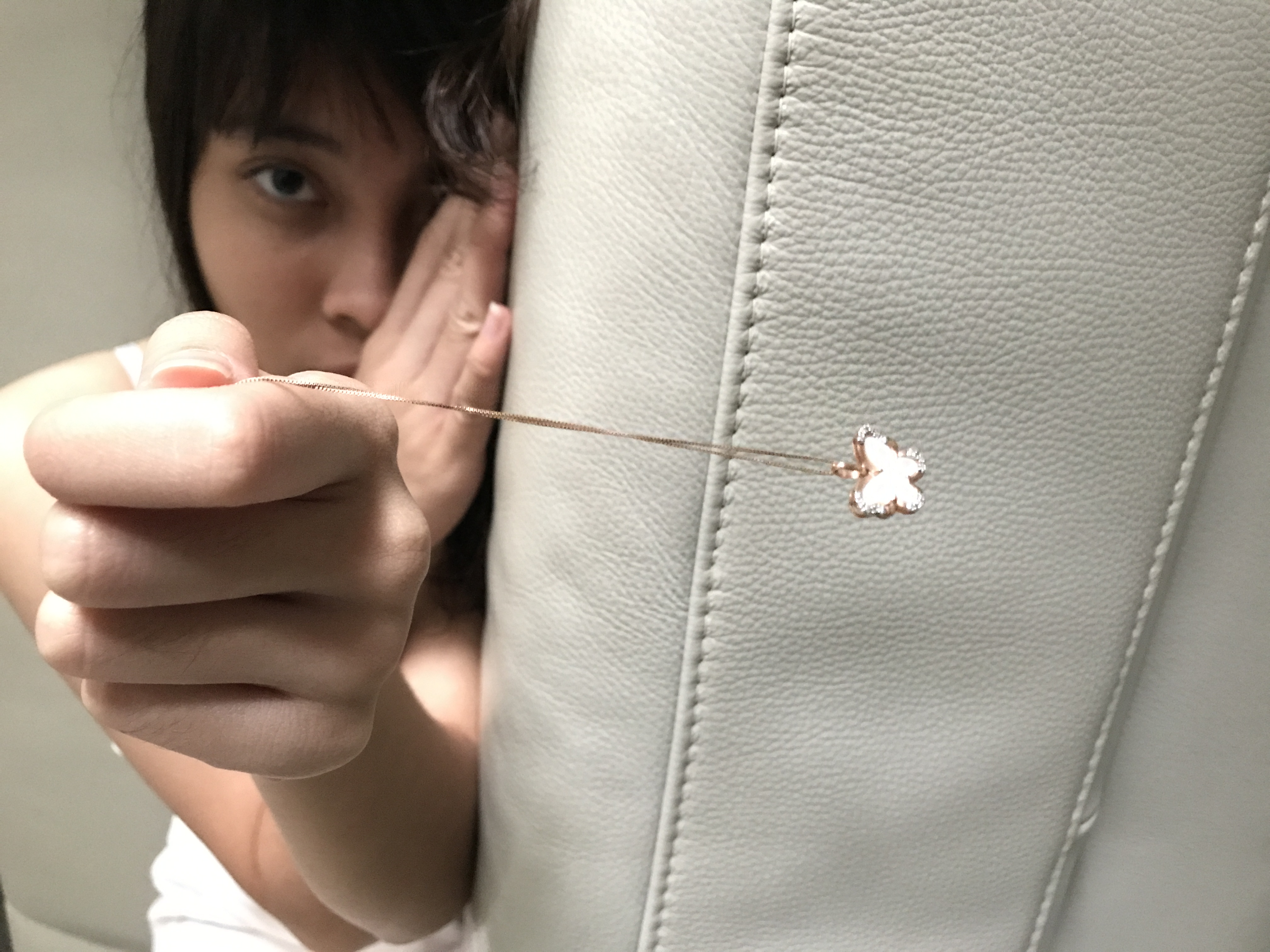FOR TASK 1
NAN GOLDIN
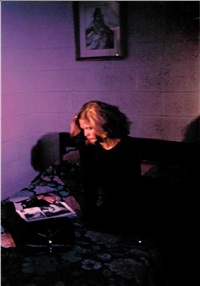
“Untitled Variety #71, 1983 ”
Nan Goldin is an American photographer known for her deeply personal and candid portraiture. Goldin’s images act as a visual autobiography documenting herself and those closest to her, and in most of her works, she focuses on the LGBT community.
I used her as a reference as I was inspired by the film photography she does and the way she could capture emotions well in her films. The colours in her photos and the lack of lighting. It sets the right mood and tone on all the topics she touches on – love, fluid sexuality, glamour, beauty, death, intoxication and pain. Goldin’s photographs feature her life and those in it. And this is what i love about it, the way she documents topics such as beauty, pain, love and such. She stated that “My work has been about making a record of my life that no one can revise. I photograph myself in times of trouble or change in order to find the ground to stand on in the change. I was coming out of a melancholic phase. ”
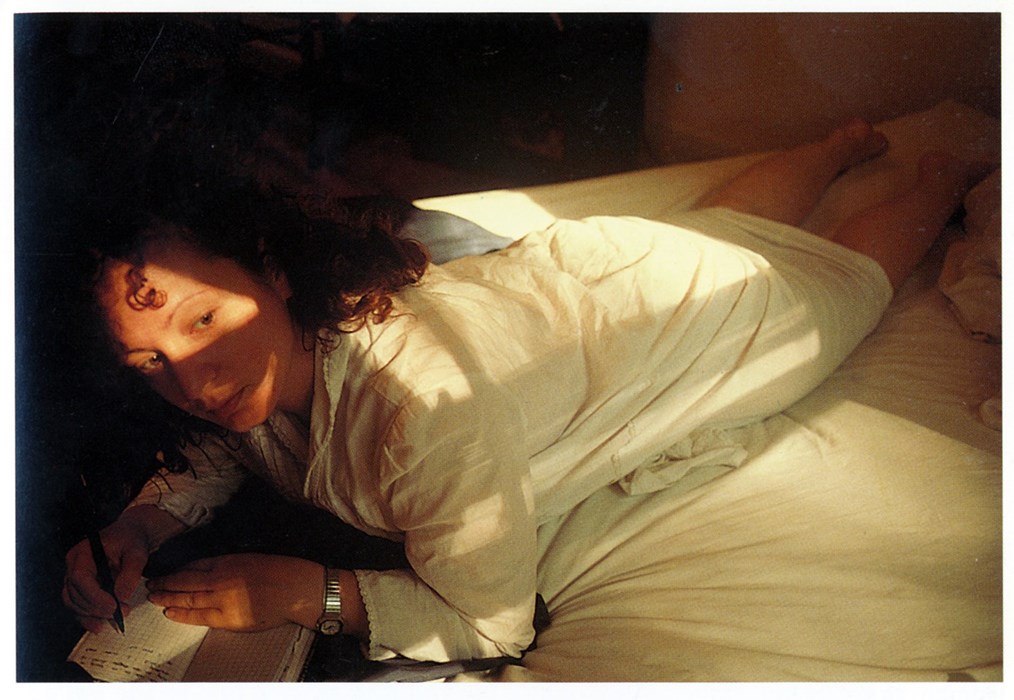
“Self Portrait writing in my diary”, Boston 1989
Looking into the picture above, I admire the way she could portray such a melancholic mood using her body posture which is very important here. The lighting is also a key point to the way her film photos turned out. She said she was “coming out of her melancholic phase”. It is well portrayed here in her body posture – she may be lying down but her upper body onwards rises, her head is tilted up, she’s looking out. It’s darker on the other side of the picture but she’s inclining more towards the light by looking out towards it. Thus it could perhaps suggest the idea of “looking up” and “hope”. Hence coming out of her sad moments while jotting it down in her diary.
That itself inspired me to take the pictures i take. I do not have a film camera to produce such shots but i do want to focus on the melancholic phase, the nostalgia that is present – I wanted to show that that itself is part of my story and I wanted people to see it visually. I figured that even the smallest object I have picked out, a butterfly necklace I have been wearing for the longest time now, that is significant to me, could also allow me to portray the way i feel about it and what it symbolises through the use of of light in my pictures and also the importance of body posture and facial expression. All of that elevates the photo by giving it a meaning, a symbolism, it helps to give off the mood I intend on portraying.
Another artist (female too) that I would like to touch on is Sally Mann.
SALLY MANN
Sally Mann is an American photographer known for her intimate black-and-white portraits of her family and for her documentation of the landscape of the American South. Her images appear antique due to her interest in early photographic technology. She experiments on bromide printing process to achieve that ‘old’ effect in her photos.
I was pulled into her photography works because of her portraits of girls captured in ephereal moments between childhood innocence and womanly sophistication. I loved her works produced in one of her photography book called “At Twelve: Portraits of Young Women (1988)”. (some of her works from it as seen below)
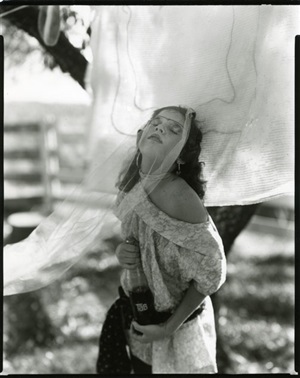
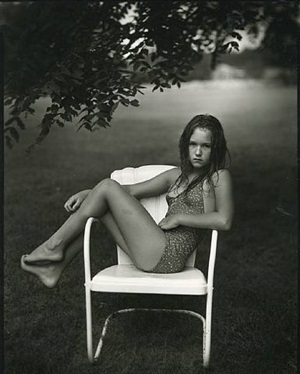
1. “Untitled, At Twelve Series (Lisa and her Tab)”
2. “Untitled, At Twelve Series (Juliet in the Chair)”
She has the ability to capture them beautifully, portraying something dark – sad but moving. Something purely female. I also like how her photos involve those young girls – it gives a sort of story behind young girls. An image of a child with a dark story. And I would want that image to stick as my inspiration for my photography works as the object I am relating it to has a story to tell behind my childhood. It would make a perfect reference.
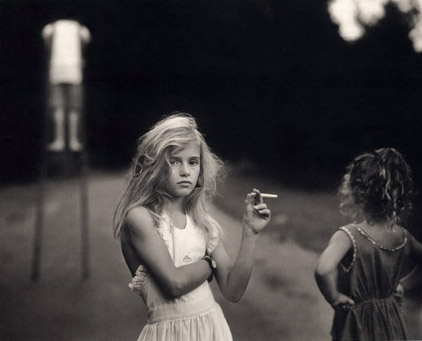
“Candy Cigarrette, 1989”
I would also want to reference a huge inspiration of mine. Alessio Albi
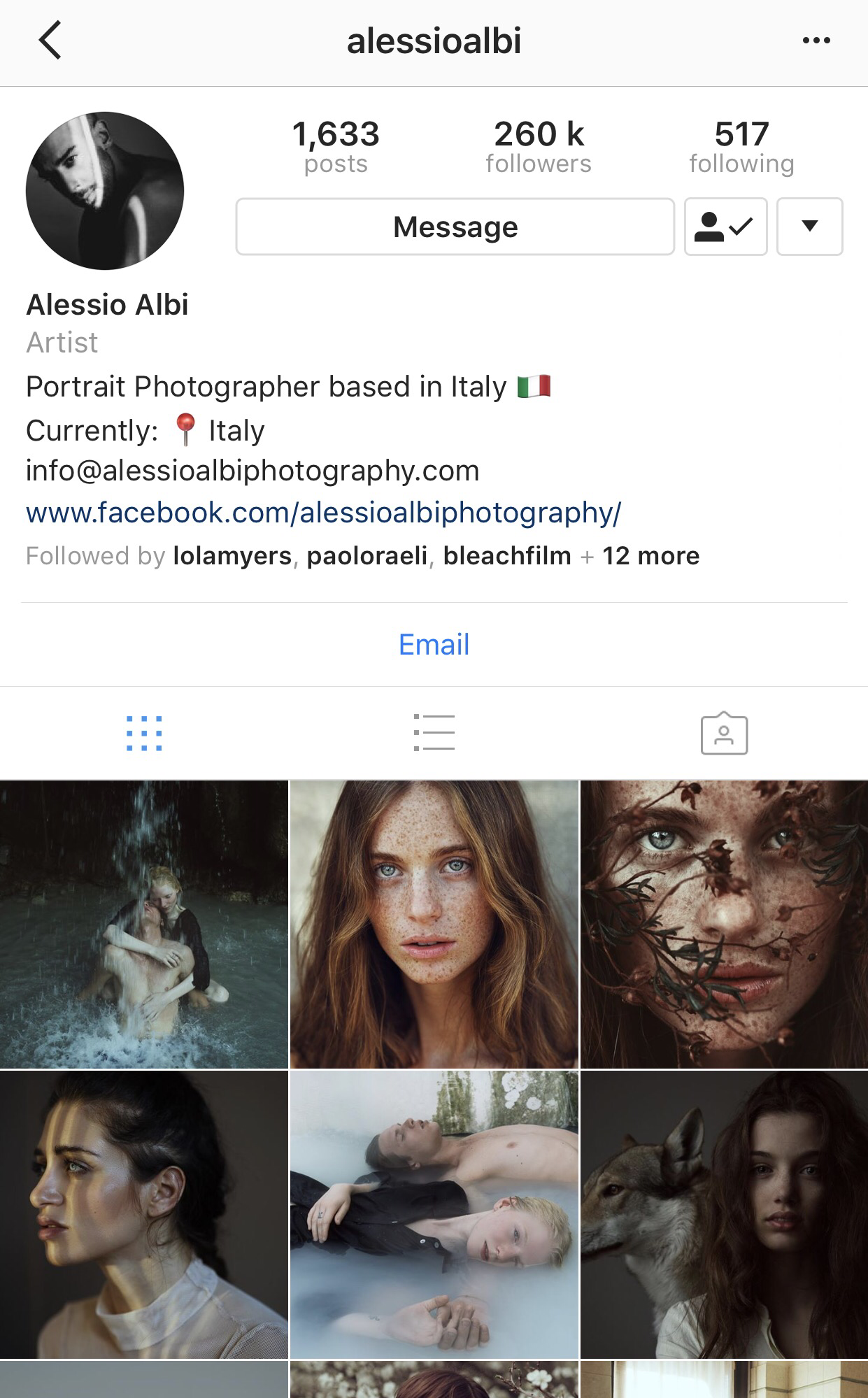
Most of his works focuses on the looking-away gaze, expression & emotios and lighting too. I am just a huge fan of his works.
FOR TASK 2
WOLFGANG TILLMANS

“Louisiana, 1996”
I referenced to Wolfgang Tillmans as I was intrigued by Tillman’s diaristic photography, large-scale abstraction, and commissioned magazine work. “I want the pictures to be working in both directions,” the artist has said. “I accept that they speak about me, and yet at the same time, I want and expect them to function in terms of the viewer and their experience.”
That is exactly what i would want to portray in my photos. I want the viewer to interpret what they want to from the picture of “my world”, give their own thoughts but at the same time see it as the way i do, to step in my shoes and see how the place fascinates me.
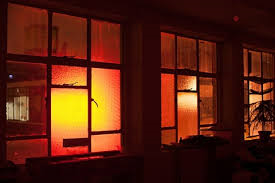
“In the back”, 2010
In the photo above, I like how Tillman experimented in dark room and played with the shadows and warm light to capture this image – it’s dark and gloomy but at the same time the bright yellow light from outside tries to overpower the darkness inside hence it makes you feel warm and cozy.
I used this especially as a reference to play with the lights and shadows at the place i took my pictures at, as i chose to take it when sun sets and during night time. Thus this specific work of his plays an important part to how my pictures turn out.
I was also inspired by this photographer i found on instagram.
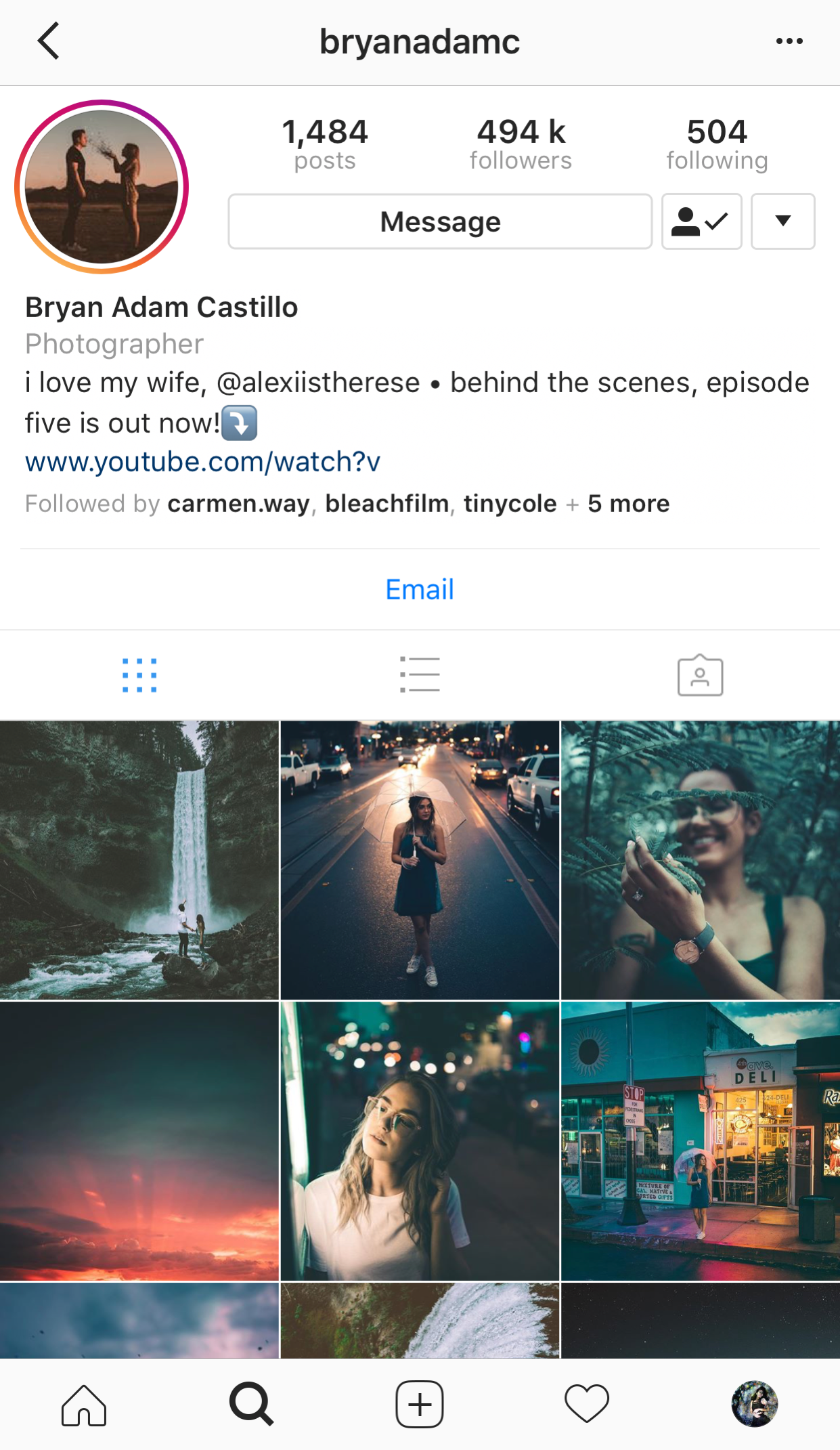
His works inspired me in terms of getting the vibrancy, colours that just makes me feel like joy, and all the lights and bokeh in dark surroundings, which i was planning to use in my photos.
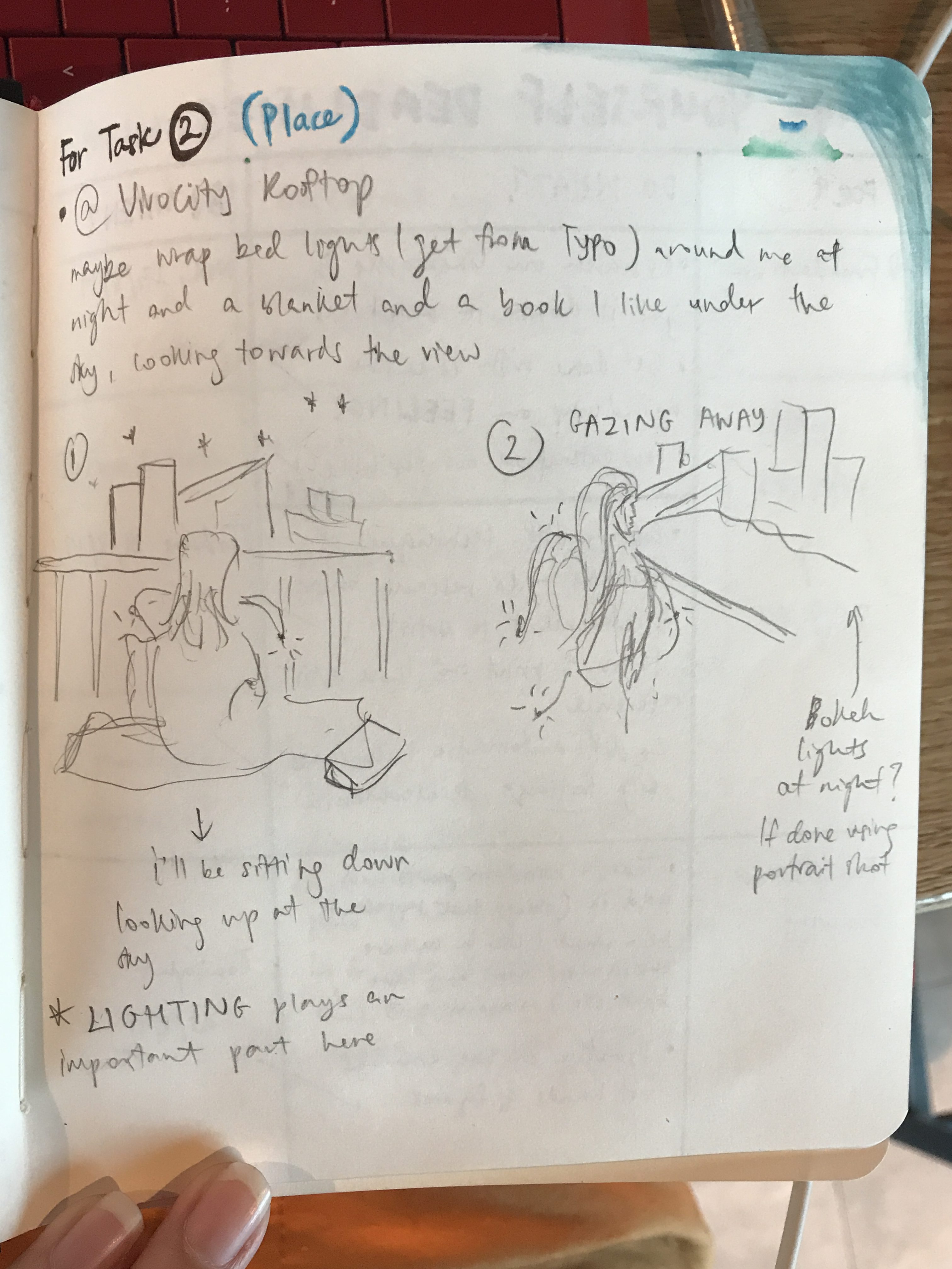 My idea was to capture it at a night setting, or when the dusk sets in. And that was hard to achieve due to the fact that there is barely any light around the area so i decided to also include a prop in – the fairy lights. The reason being, it could also further give meaning to the story behind it – the magical place i feel like it is once the night comes. I brought a book along in it to show how i spend my time there when dusk falls and night lingers. Books to me is a symbolism of peace and imagination – you get lost in it. And when i’m at the rooftop, that’s where i feel at peace. That’s where i feel like the night wasn’t so bad to get yourself lost in.
My idea was to capture it at a night setting, or when the dusk sets in. And that was hard to achieve due to the fact that there is barely any light around the area so i decided to also include a prop in – the fairy lights. The reason being, it could also further give meaning to the story behind it – the magical place i feel like it is once the night comes. I brought a book along in it to show how i spend my time there when dusk falls and night lingers. Books to me is a symbolism of peace and imagination – you get lost in it. And when i’m at the rooftop, that’s where i feel at peace. That’s where i feel like the night wasn’t so bad to get yourself lost in.
